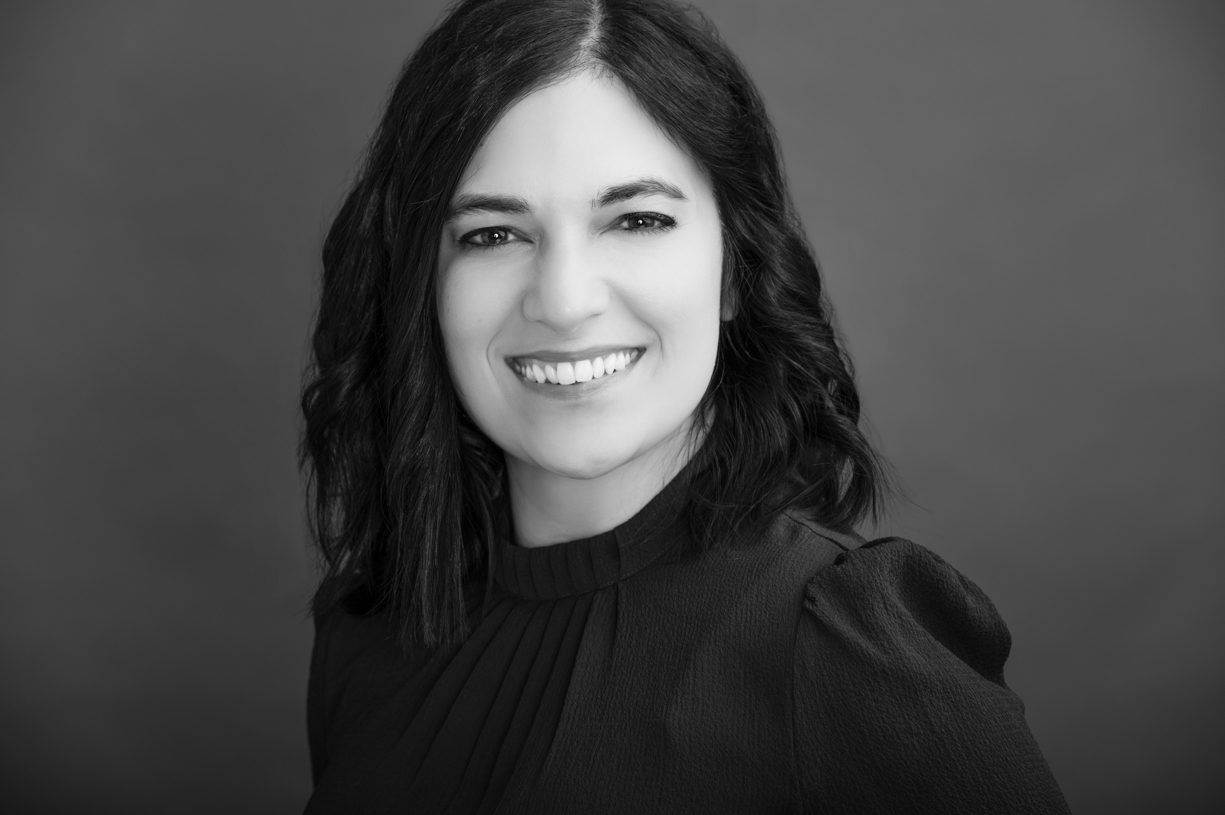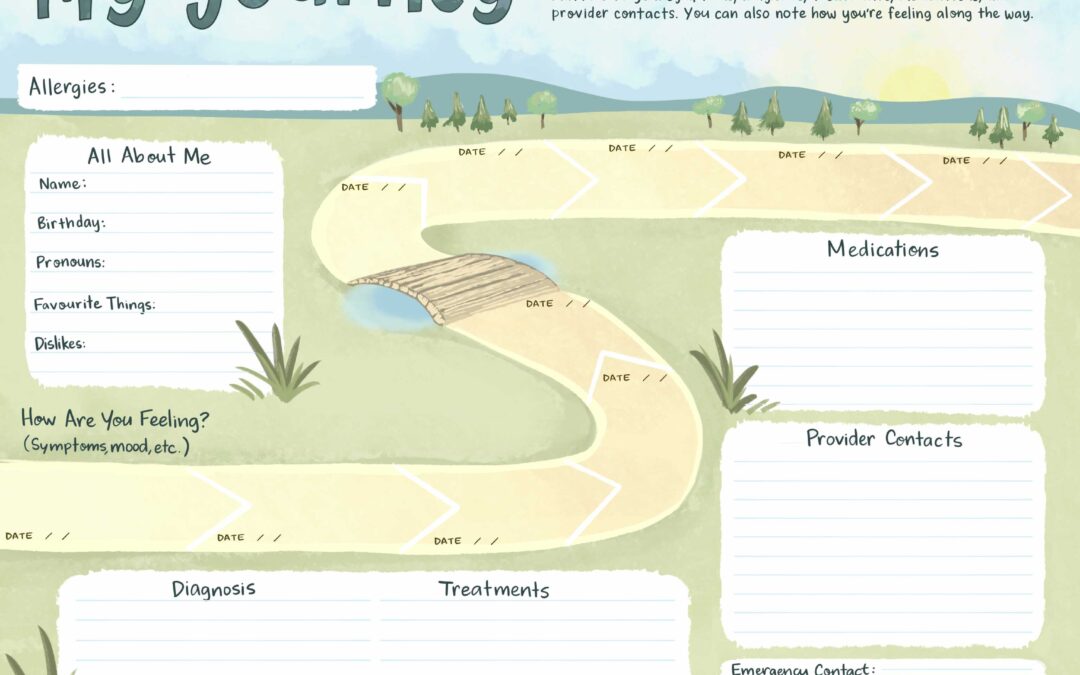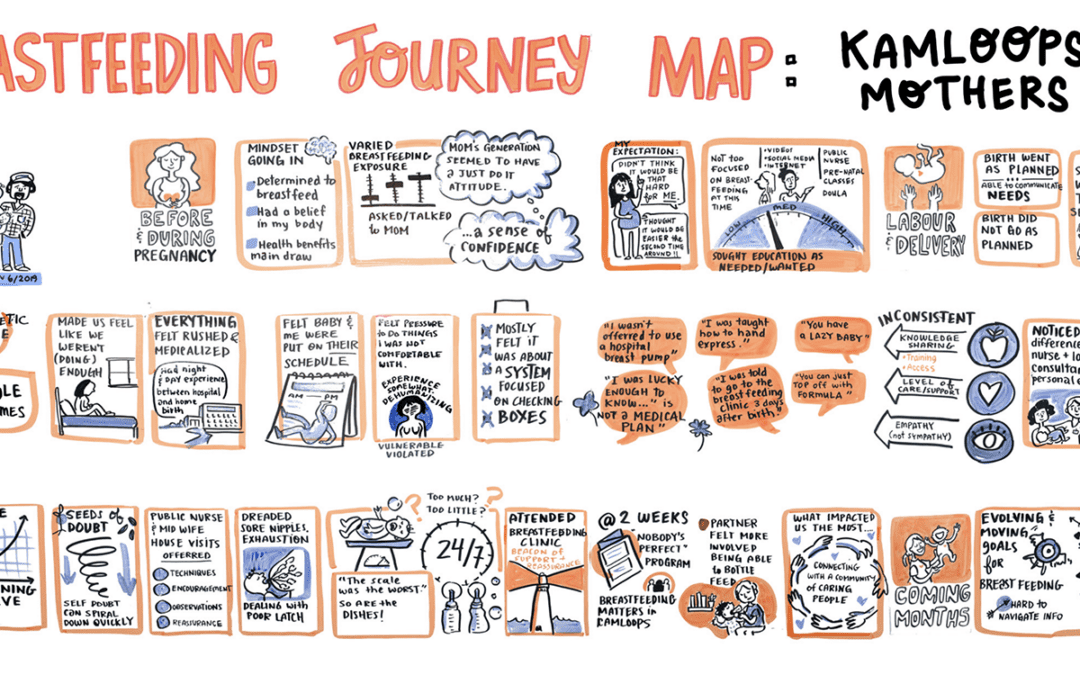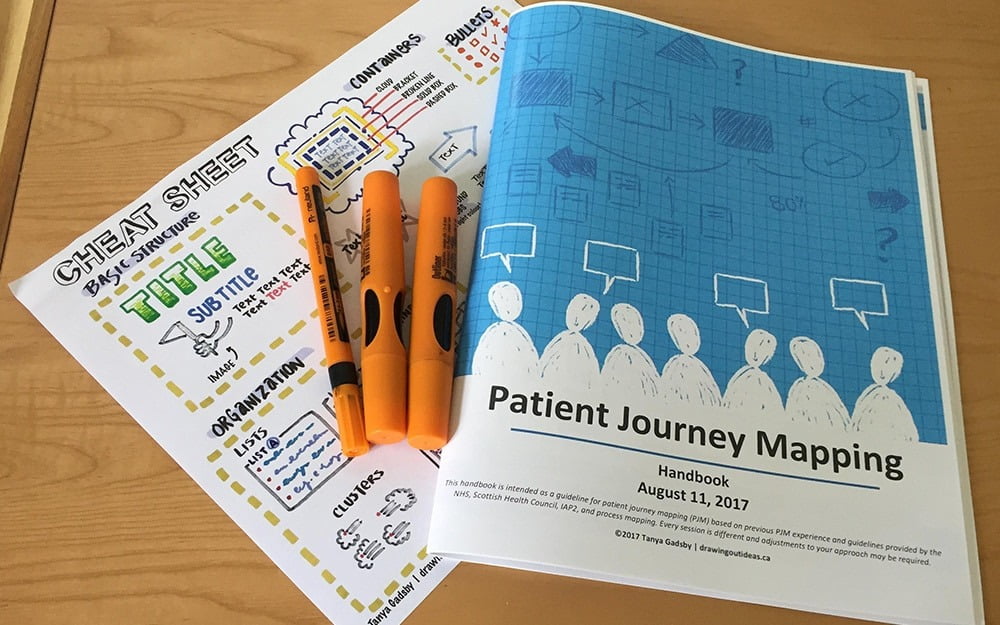For teams that meet regularly via webinar, the cold virtual environment can be a motivation killer.
Webinars are a valuable tool in connecting remote teams, and certainly cut time and travel costs; however, in order to be effective, a webinar needs to make the best use of the team’s time and keep everyone on the line engaged and away from their emails. Not an easy thing to do when most webinars are hosted by a dull Power Point slide deck!
Graphic recording breaks the “fourth wall” of computer screens – keeping the team focused and adding a creative new dimension to virtual meetings. The graphic recorder shares their screen in the webinar and captures the discussion digitally, in real time, through thought-provoking metaphors, images, and text.
Three ways graphic recording can revamp your next webinar:
Keep the conversation focused
It’s hard to pick up on social cues in a webinar; if someone is repeating themselves, or taking a long time to reach a point, participants are likely to tune out without the speaker realizing.
Those of us who are less confident speaking in front of a group may find it even more difficult since we can’t easily interpret whether our points have landed with people. Those fuzzy video feeds aren’t the best at conveying expression!
Graphic recording keeps the conversation productive. It’s a level playing field for sharing ideas and everyone can see their points being recorded, acknowledged, and validated. People are less likely to repeat themselves or dominate the conversation when they see their ideas captured in real time for everyone to view.
Explore ideas on a virtual “whiteboard”
What’s worse than a bullet-point laden Power Point at a conference? Probably a bullet-point laden Power Point 12 inches from your face on a computer screen.
Webinars are a huge opportunity for groups to do real-time brain storming of ideas on a virtual whiteboard. People see the “big picture” perspective of a project or team challenge and can zoom into the minute details of each working part.
Graphic recording isn’t just an artist creating a pretty picture – it’s the synthesis and organization of conversations into clear themes and ideas. It grows and evolves from the group’s conversation. Rather than pushing information at people via Power Point, the graphic recording naturally pulls people into the conversation and the group will feel ownership over the resulting graphic we created together.
Tangible record of the work accomplished
Five years ago I was part of a team that had bi-weekly webinars, yet no one could remember what was discussed or accomplished after each one-hour session. Of course there were minutes, but we rarely reviewed them.
Most webinars are 1 – 2 hours, and depending on the discussion, that time vanishes quickly. Team member updates are hammered through, presentations drone on too long, and by the end of it everyone just wants to get back to their emails (or lunch!).
Graphic recording is a tangible visual record of the discussion; it’s a well-organized overview of the key points. Visuals trigger our memories better than any other sense, and because the graphic recording was built in front of everyone during the meeting, people are more likely to review it and remember details well after the webinar is finished.
As webinars quickly become the norm for connecting with people when a face-to-face isn’t practical, graphic recording brings the human element to the virtual environment, transforming “not another webinar” into a dynamic, creative meeting of minds!
